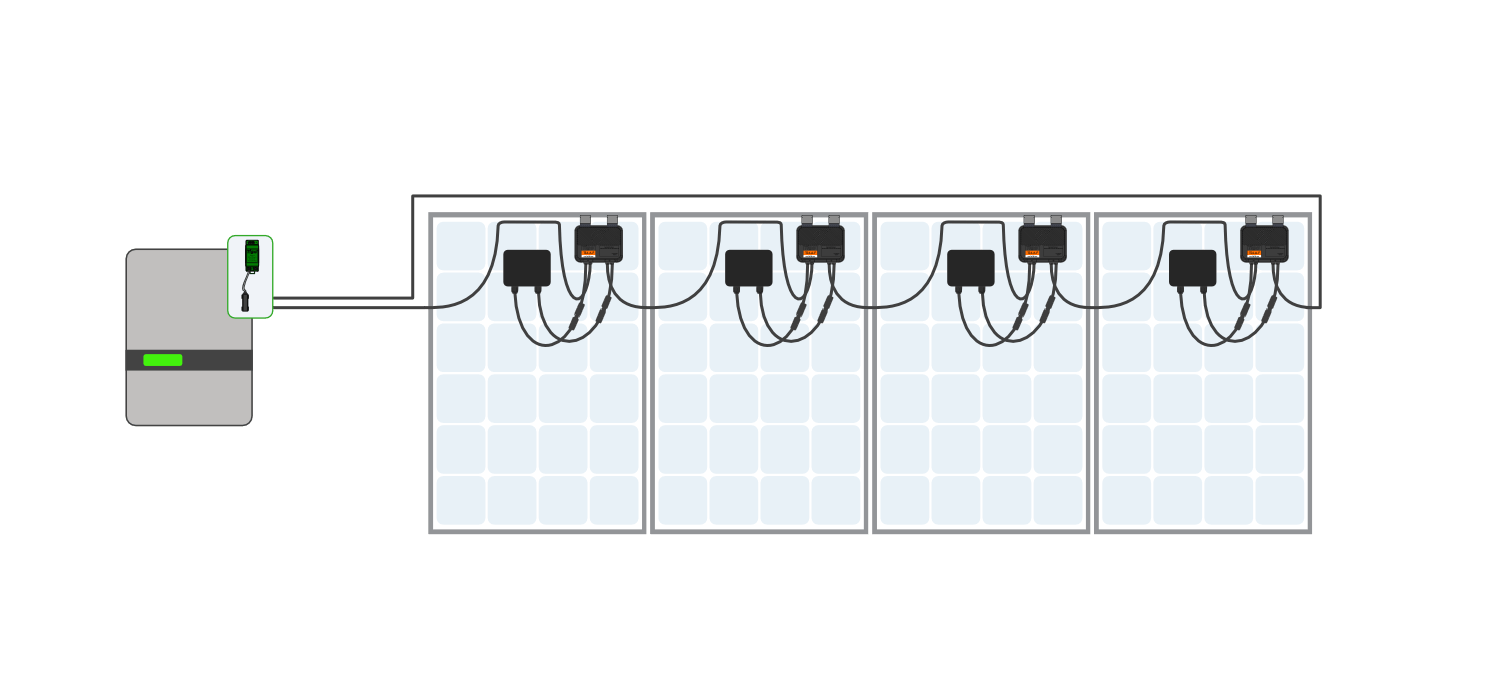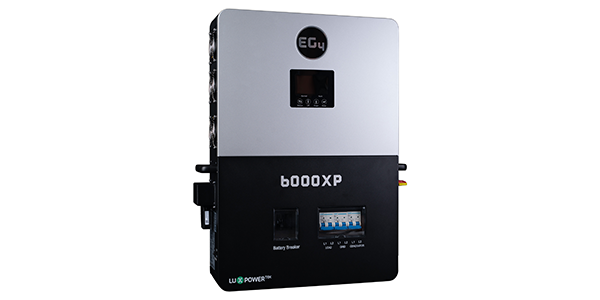Rapid Shutdown Systems - What are they and why are they used?

A rapid shutdown device is like a safety switch for solar power systems. It quickly shuts off the flow of electricity from solar panels to make the system safer in emergencies, such as fires or when workers need to perform maintenance. It's required to be installed in solar systems to meet safety standards, especially in places like buildings or homes where firefighters or other personnel might need to work on the system during emergencies.
According to the National Electrical Code (NEC) Article 690.12, rapid shutdown devices are required for photovoltaic (PV) systems installed on buildings. Specifically, they are needed when PV systems are installed on buildings where the voltage between any two conductors does not exceed 80 volts during normal operation. The rapid shutdown devices must be capable of reducing the voltage to 30 volts or less within 30 seconds. This requirement ensures the safety of first responders and maintenance personnel by quickly de-energizing the PV system during emergencies or maintenance activities.
Exceptions to the requirement for rapid shutdowns in solar installations, as outlined in the National Electrical Code (NEC) Article 690.12, include:
- PV systems located in dedicated equipment rooms or enclosures: Rapid shutdown devices may not be required if the PV system is installed in a dedicated equipment room or enclosure inaccessible to the general public and first responders.
- Ground-mounted PV systems: Systems mounted on the ground and not located on or in buildings may be exempt from rapid shutdown requirements.
- PV systems with microinverters or AC modules: Rapid shutdown may not be necessary for systems that use microinverters or AC modules that automatically de-energize when the AC power is shut off.
- PV systems with modules or arrays located more than 10 feet away from buildings: If PV modules or arrays are installed more than 10 feet away from the building, rapid shutdown may not be required.
It's important to note that these exceptions may vary depending on local building codes and regulations, so, it's essential to consult with a qualified electrician or code official when planning solar installations.
A rapid shutdown system typically consists of the following basic components:
- Rapid Shutdown Device (RSD): This device is crucial for rapid shutdown compliance. It is typically a module-level power electronic (MLPE) or microinverter installed on the back of each solar module. When activated, it rapidly stops the flow of electricity from the solar panels.

- Rapid Shutdown Controller (Transmitter or Initiator): This is the central device that initiates the rapid shutdown sequence. It receives signals from various triggers, such as manual switches or sensors, to deactivate the PV system quickly.

- Rapid Shutdown Switches: These are switches installed at strategic points in the PV system to interrupt the flow of electricity during a rapid shutdown event. They can be manual switches or automated devices activated by the controller

- Rapid Shutdown Labels: These are informative labels placed on or near rapid shutdown switches to indicate their purpose and operation to users and first responders.


- Wiring and Communication Components: Various wiring and communication components are used to connect the rapid shutdown controller to the switches and other devices in the PV system. This allows for the transmission of signals to activate the shutdown process.
- Optional Monitoring and Control Features: Some rapid shutdown systems may include additional monitoring and control features, such as remote access capabilities or integration with building management systems, to enhance functionality and safety.
Some solar equipment may come equipped with built-in rapid shutdown functionality. In installations where the equipment, such as inverters or modules, already includes rapid shutdown features, the system can automatically deactivate in the event of an emergency or maintenance situation.
In conclusion, rapid shutdown devices play a crucial role in ensuring the safety and reliability of solar photovoltaic (PV) systems. By quickly de-energizing the system during emergencies or maintenance activities, they reduce the risk of electrical hazards for first responders, maintenance personnel, and occupants of buildings where PV systems are installed. Rapid shutdown devices are required by electrical codes and regulations to meet safety standards, particularly in buildings where the voltage between conductors does not exceed 80 volts during normal operation.
The benefits of rapid shutdown devices are clear: they enhance safety, protect property, and facilitate compliance with regulatory requirements. Incorporating rapid shutdown devices into PV installations not only mitigates risks but also fosters confidence in the reliability and responsible implementation of solar energy technology.


